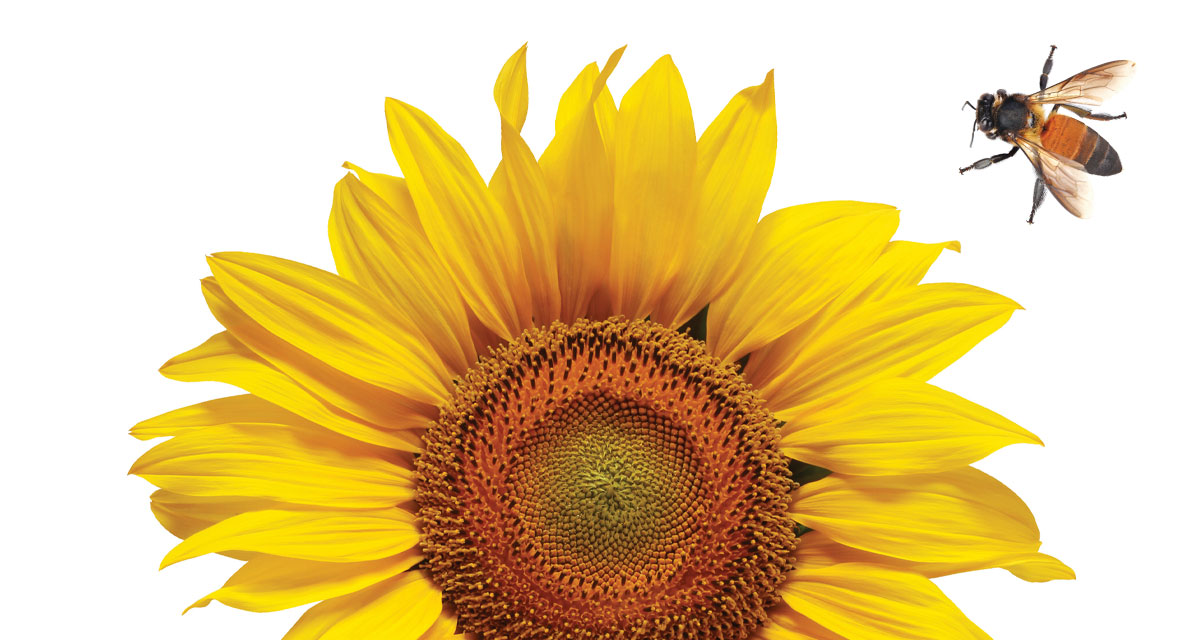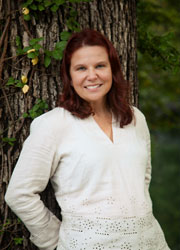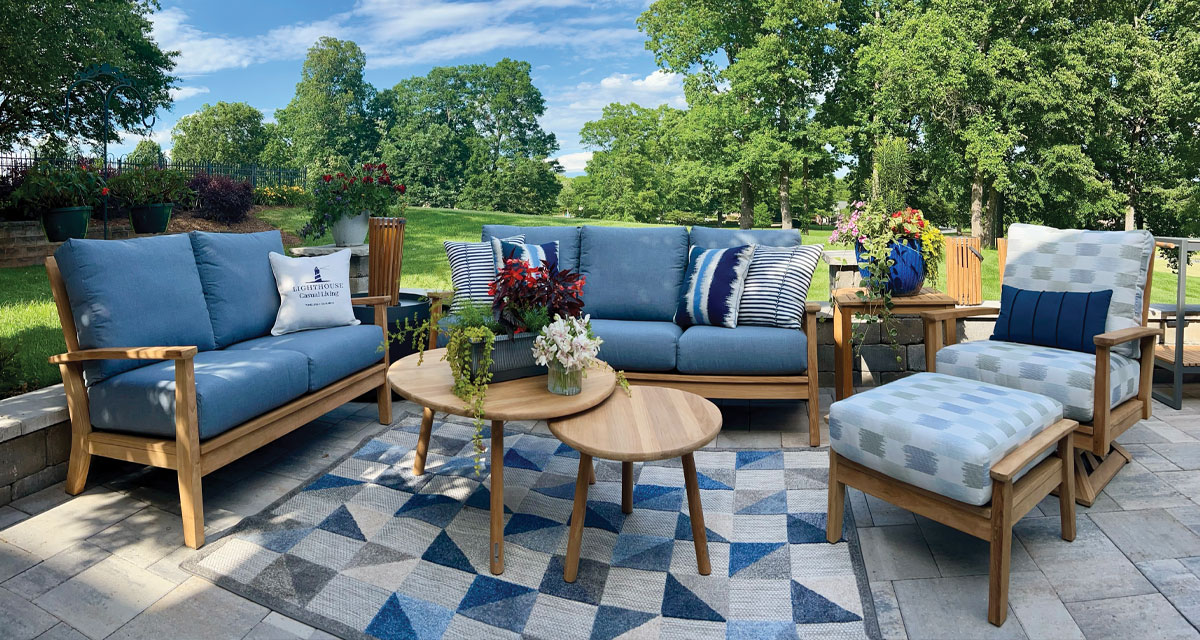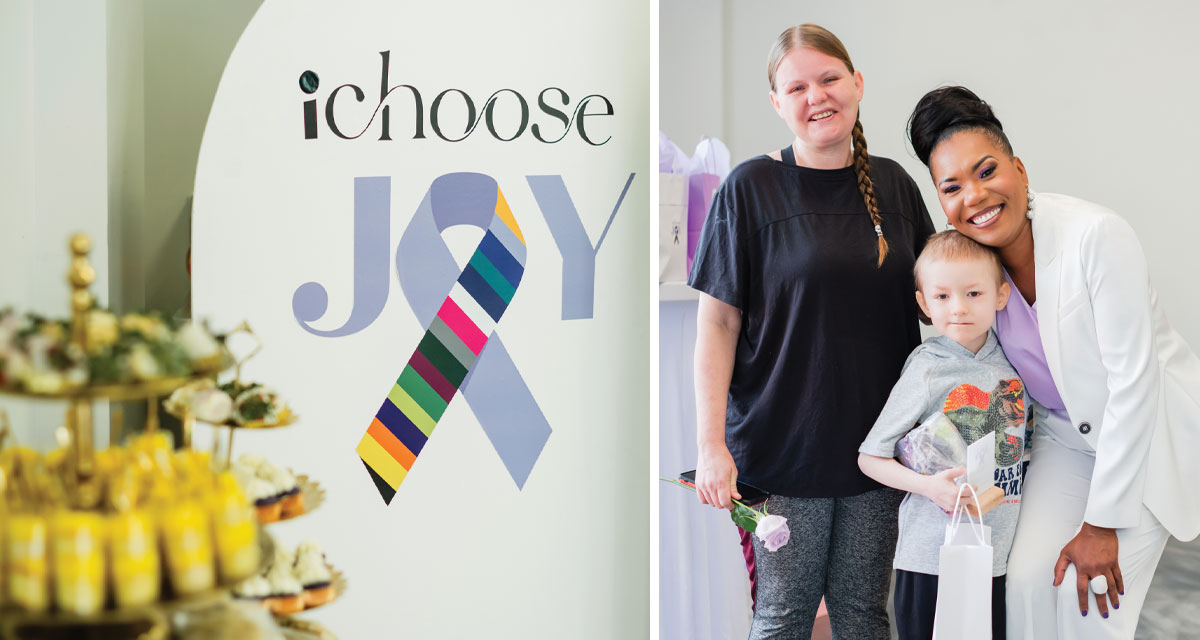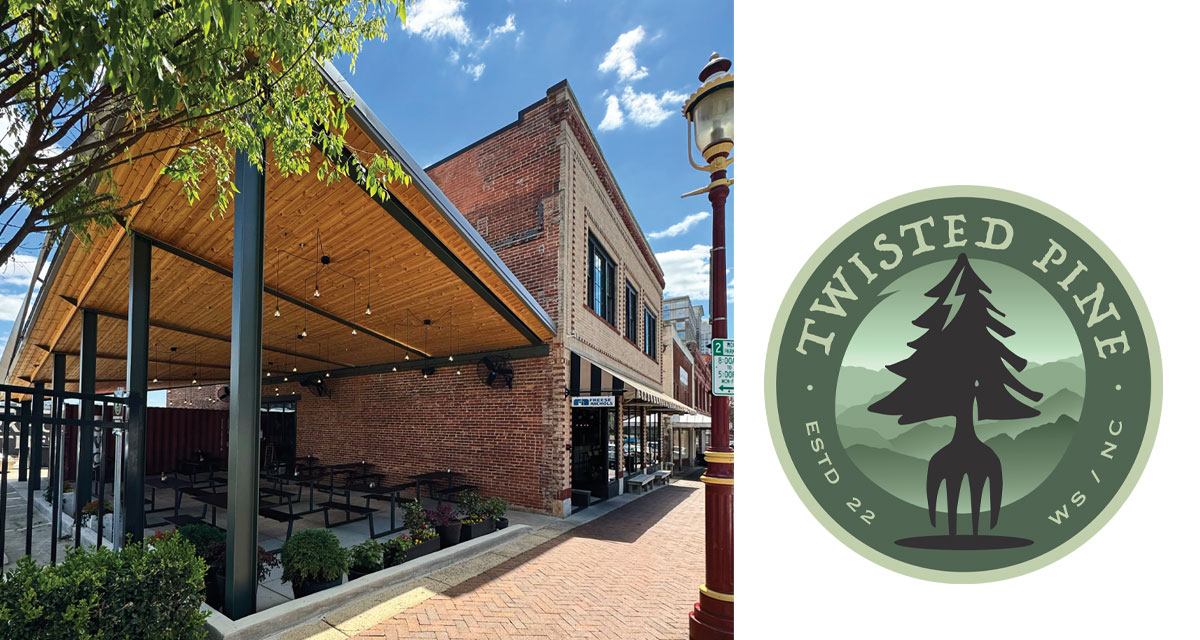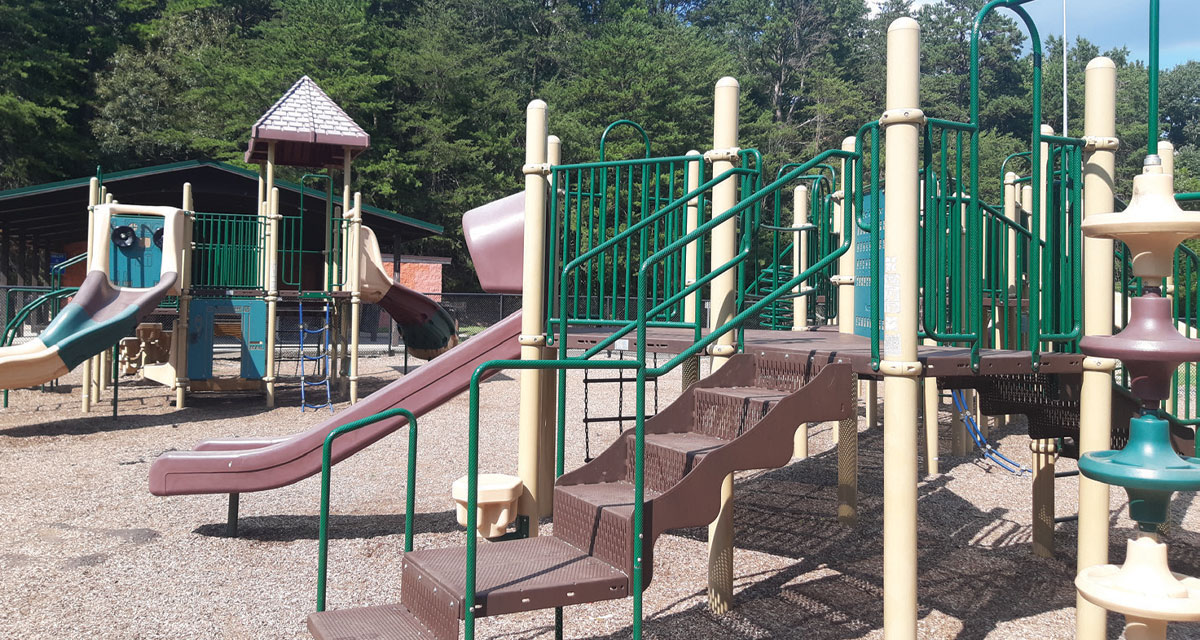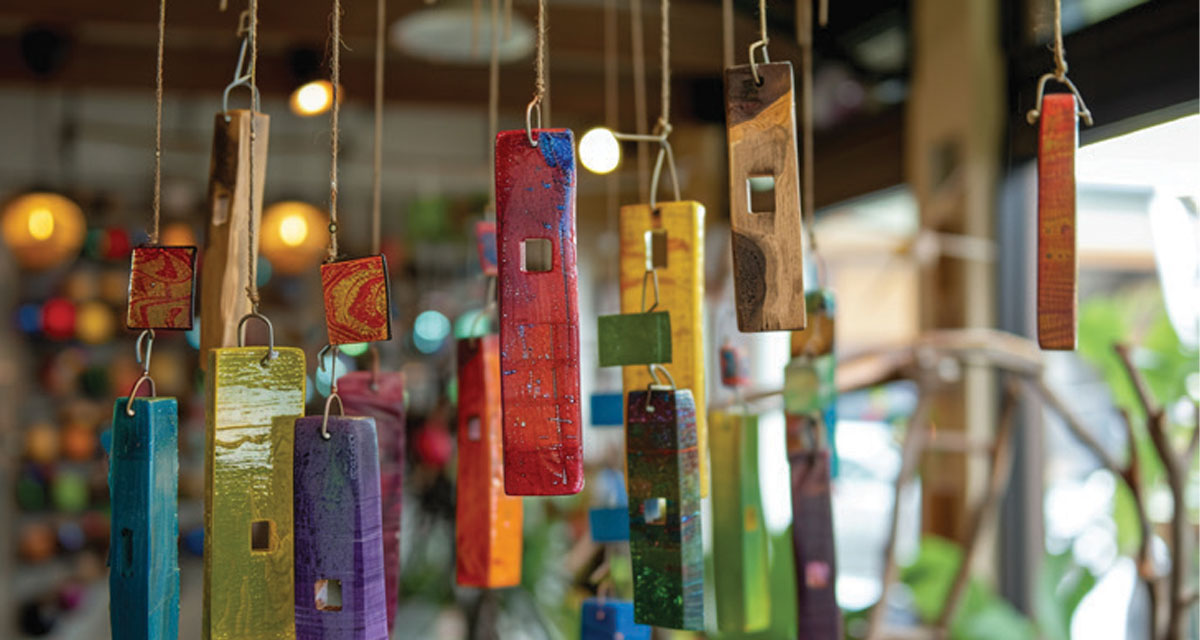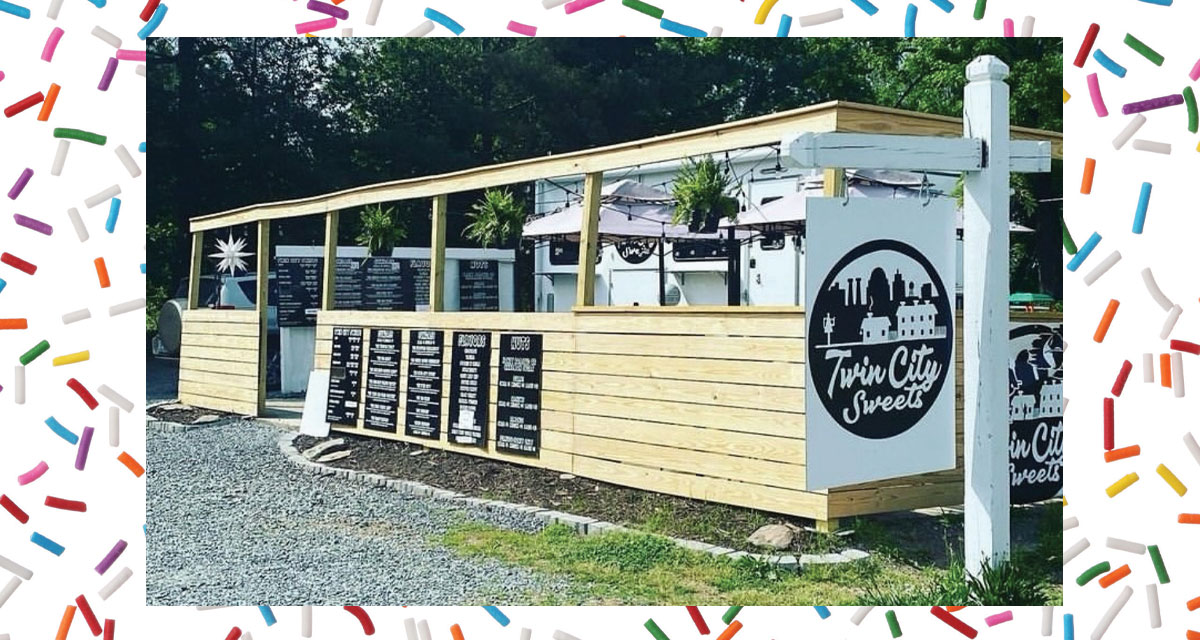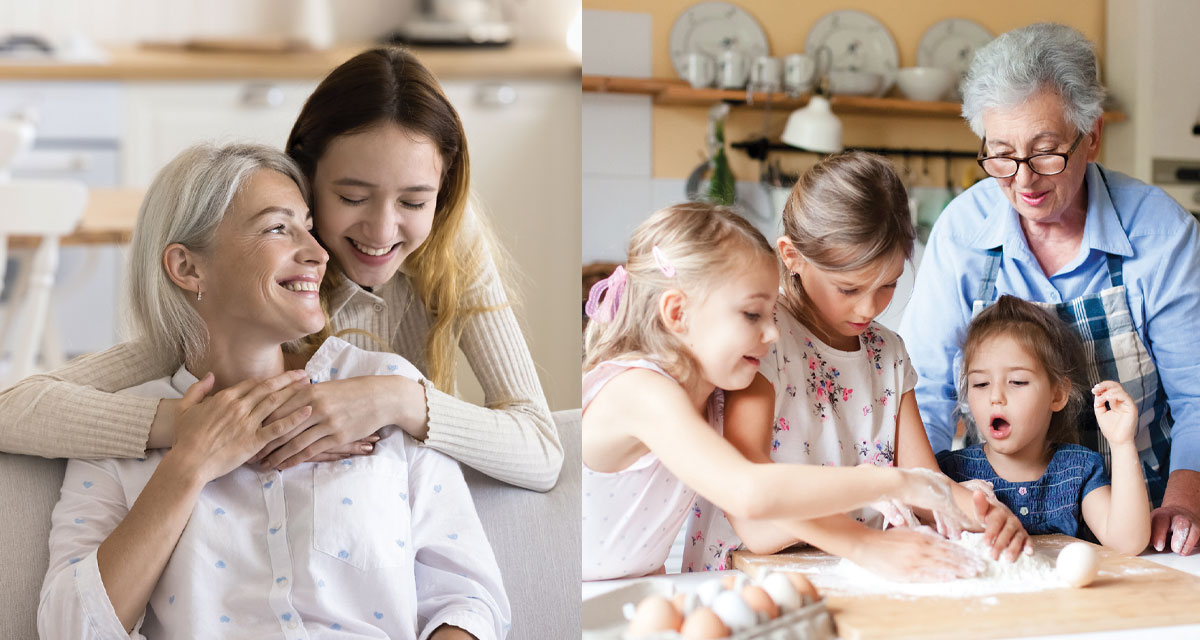Buzz! Buzz! No need to duck. The honeybee flies with intention. With the job of foraging, she can travel between 15 to 20 miles per hour and two miles away from her colony. This job, by no means easy, is to seek the location of the spring season’s alluring perfumes, which tempt her and 100,000 other pollinators to gather pollen or nectar from over 130 crops, including fruit, fiber, nut, and vegetable crops. The scents draw the bees, and sometimes a visitor will discover not just one, but two honeybees holding each other’s feet and sleeping among the pollen grains. Without nature’s rain and wind and a lengthy list of four-legged and winged creatures, our landscapes would lack vitality, and our ecosystems would fail. Therefore, the goal of gardening includes thinking about ways to welcome the birds, bats, and bees which provide a mutually beneficial service of survival!
A Gardener’s Path
If you love growing fruits and vegetables, learning about “Permaculture” will interest you. The method strives to capture the three Rs—recycle, regenerate, and reuse. The principle includes using food waste to create compost, minimizing waste, and building a nutrient-rich soil over time. Think about the locations close to your home entrances; these are highly trafficked areas which can grow herbs and flowers interspersed with other plants. Consider creating a map, labeled with areas “A” through “D,” to accommodate accessibility. Expand your horizons by creating a Mediterranean garden, a bee garden, or a dry garden!
Ideas to Consider:
Native Plants: These are non-invasive species that will thrive in our growing zone. Visit a local nursery or drive around the neighborhood to see what is flourishing.
Companion Plants: Gardening websites, such as www.gardenate.com, offer a list of crops intended to thrive in a particular growing zone. While beans, celery, dill, luffa, and okra are viable for our climate in June, each one will succeed if it has a companion plant growing near to eliminate pests, increase flavors, or accommodate soil structure. For instance, pumpkins will attract beneficial pollinators and repel insects if they are planted near corn, peas, melons, marigold, nasturtium, sunflowers, and borage.
Stacking Plants: Diagrams offer a visual for homeowners who want a layering look along a fence or as a landscape feature. The goal is to ensure fewer weeds, less watering, and eliminate soil erosion. Place taller foliage in the back to accommodate light for the ground cover or small plants in the front.
The Herb Garden: Every vegetable garden will thrive with herbs, especially medicinal plants. Consider adding these bee-friendly herbs to aid your seasonal crops.
- Basil: Many herbs pair well together because they flourish with little direct sunlight and water. Consider pairing basil with marigolds, cilantro, chamomile, or anise to increase your plant’s oil value, or tomatoes, asparagus, and peppers.
- Borage: Known as the starflower, it’s the perfect plant for pollinators, while having additional value for humans. The seeds, leaves, and flowers are edible and help to combat allergies and boost the immune system. Plant next to corn, broccoli, zucchini, squash, beans, and tomatoes.
- Echinacea: The coneflower is a tall plant whose purple blossoms attract beneficial insects. It’s an ideal flower for a perennial border, along with black-eyed Susan, lupine, bee balm, and phlox. Just think, with the addition of these plants, you’ll eliminate slugs and snails!
- Lavender: The sensational lavender plant needs a mound or container to prosper. It needs little water; therefore, it must be near similar companions, such as coneflowers, marigolds, roses, sage, Rosemary, and zinnias. Consider a wildflower garden to deter deer while beautifying your landscape!
- Dill: Used to season savory dishes, including fish, salads, and soups, dill is a versatile herb. While it deters cabbage worms and cabbage loopers, and attracts ladybugs, praying mantis, bees, and butterflies, you can also plant it to discourage other pests from eating your brussels sprouts, cabbage, broccoli, collards, and kohlrabi!
Whether for spring, summer, or fall, consider the pollinators as you deliberate about planting a vegetable or flower garden. Add birdhouses and a few rocks to your birdbath to ensure the winged flyers know they are welcome!
*Lisa is an N.C Cooperative Extension Master Gardener Volunteer and a state-certified beekeeper.

